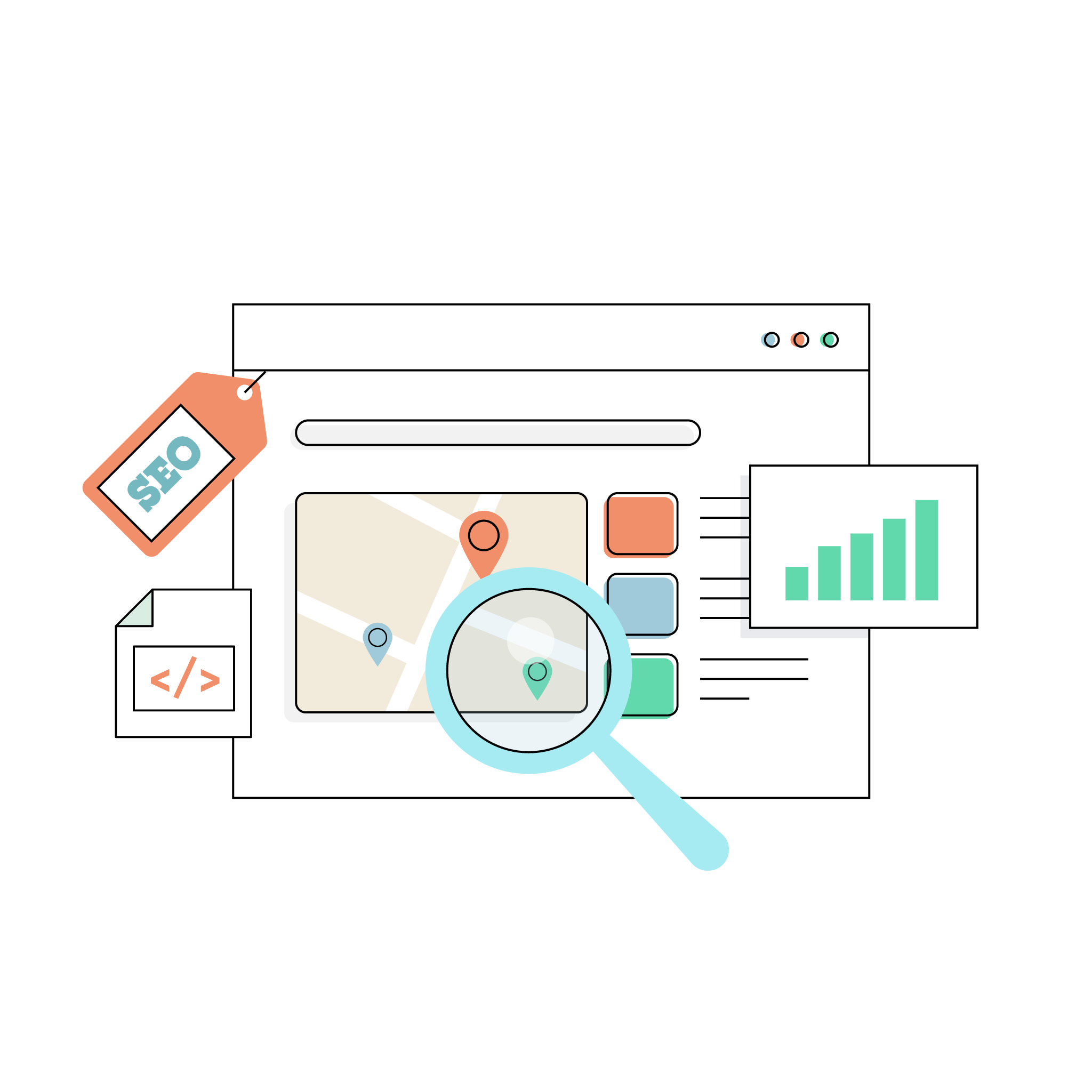 Marketing automation has revolutionized how businesses, small and large alike, connect with their customers. For small businesses, marketing automation can play a particularly critical role in driving growth and streamlining operations. This article will walk you through the basics of using marketing automation in your small business.
Marketing automation has revolutionized how businesses, small and large alike, connect with their customers. For small businesses, marketing automation can play a particularly critical role in driving growth and streamlining operations. This article will walk you through the basics of using marketing automation in your small business.
Understanding Marketing Automation
First things first: what is marketing automation? At its core, marketing automation is about using software to automate marketing activities. Many repetitive tasks such as emails, social media posts, and other website actions can be automated, freeing up time for other strategic tasks.
Benefits of Marketing Automation for Small Businesses
Before delving into how to use marketing automation, it’s important to understand its benefits. With marketing automation, you can:
- Save time by automating repetitive tasks.
- Increase efficiency by reducing human error.
- Improve customer engagement through personalized communication.
- Nurture leads more effectively, increasing conversion rates.
- Gain deeper insights into your marketing campaigns and customer behavior.
Steps to Implement Marketing Automation
- Identify Your Needs: Every small business is different. Identify the tasks that take up the most time and consider whether these could be automated. Common tasks include email marketing, social media posting, and customer segmentation.
- Choose the Right Tool: There are many marketing automation tools available, each with different features. When selecting a tool, consider its ease of use, scalability, integration capabilities, and cost. Some popular options include MailChimp, HubSpot, and Marketo.
- Set Up Your Automation: After choosing a tool, set up your automation processes. This may involve creating email marketing campaigns, setting up automatic social media posts, or segmenting customers based on behavior.
- Personalize Your Content: One key advantage of marketing automation is the ability to personalize content. Use customer data to tailor your messages, ensuring they are relevant and engaging.
- Test and Optimize: Marketing automation is not a set-it-and-forget-it solution. Regularly test your automation strategies and optimize them based on performance. Most tools offer analytics that can provide valuable insights.
- Train Your Team: Make sure all relevant team members understand how to use the marketing automation tool. Offer ongoing training and support to ensure they can effectively manage and optimize the tool.
Common Marketing Automation Mistakes to Avoid
While marketing automation can bring numerous benefits, there are some common pitfalls to avoid. One of the biggest mistakes is automating everything. While it can be tempting to automate as much as possible to save time, remember that customers appreciate a personal touch. Ensure that your communication maintains a balance of automated and personal content.
Another common mistake is neglecting to test and optimize your automation strategies. Regular testing allows you to spot issues and identify opportunities for improvement.
Is Marketing Automation Right for Your Business?
Marketing automation can be a game-changer for small businesses, saving time, improving efficiency, and boosting customer engagement. By identifying your needs, choosing the right tool, and implementing effective strategies, you can leverage marketing automation to drive your small business’s growth. Just remember to maintain the human touch in your communication and regularly review and optimize your strategies.
